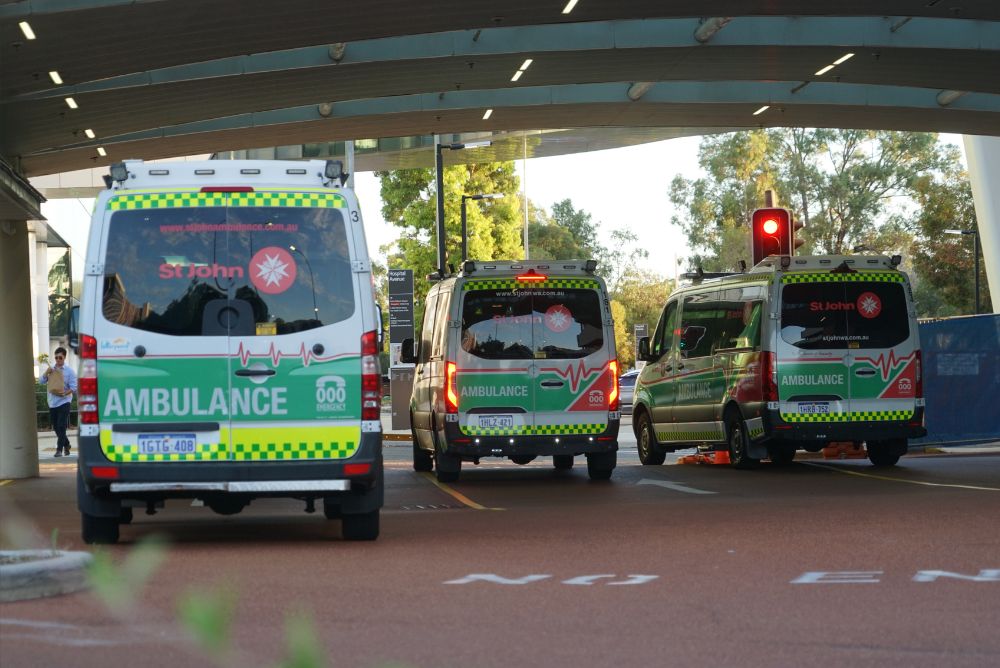

News

President’s Blog: Why is the AMA (WA) obsessed with ambulance ramping?
Friday May 2, 2025

Spoiler alert: we’re not. But we are obsessed with the underlying problems that cause ramping, which as we all know is a lack of hospital capacity and to some extent the availability of suitable arrangements for older patients needing residential care post-discharge.
So why do we comment to the media when asked about ambulance ramping when asked about it on a nearly weekly basis?
It is an opportunity to reframe the narrative about our public hospital constraints and insufficient funding for our private hospitals, and this is exactly what we do. We have occasionally copped it from the Health Minister or Premier of the day, frustrated at us for weighing in to one of the banes of their existences. Their sensitivity on this issue is significant. There was a lot of media interest over the past couple of weeks in the Health Department’s approach to the upcoming filming in WA of reality series, Paramedics, which has been previously shot in several other States. The Department issued the show’s producers with a list of rules which, whilst of course important to the extent required to protect patient confidentiality and health system functioning, reportedly give the Department significant veto power to prevent the portrayal of ambulance ramping and other pressures on our hospital system. Some “reality” that will be!
But the public does need to be continually reminded and educated about the state of our health system, which is undoubtedly in decline. It needs visionary planning and a big investment to bring it back up to its claimed world-class status, and to keep it there. The alternative requires governments at State and Federal levels to come clean with the public about the reduced standard and declining universality of healthcare it can expect for its tax dollar.
Even though it doesn’t describe the underlying problems, ambulance ramping does provide one useful proxy metric for health system performance in near-real time. But it is somewhat abstract.
It would be good to see more interest in real-time reporting of available public hospital beds (another spoiler alert: it will usually be close to zero, whereas an efficient and resilient health system ought to permanently run with spare capacity, perhaps 10 – 15% of its total) or even the number of hospital beds that still need to be built for our health system to function properly – which is well over 1,000 and will only grow without the aforementioned leadership and investment from government.

